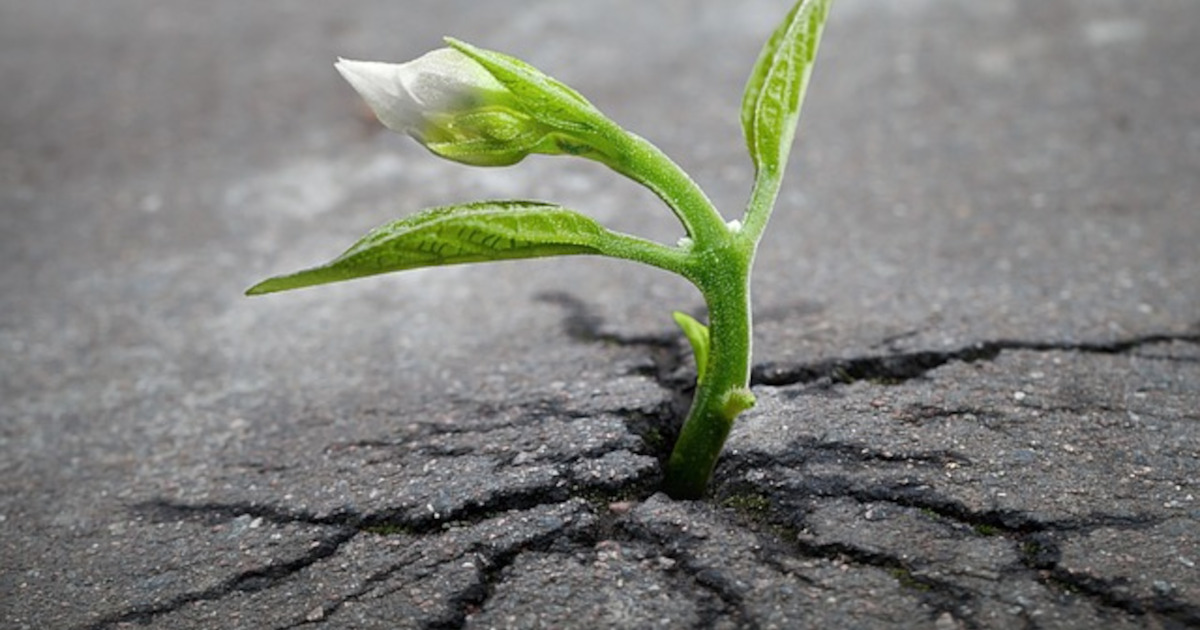
A World of Hurt: 2021 Climate Disasters Raise Alarm Over Food Security
In July, a video went viral on social media in Argentina showing people walking across what looks like a desert. But it isn’t a desert. This is the bed of the Paraná River, part of the second-largest river system in South America. Normally the stream rises in Brazil and reaches the sea via the River Plate, draining a vast watershed covering all of Paraguay, southern Brazil and northern Argentina. Normally the water volume flowing to the Atlantic roughly equals that of the Mississippi River.
August 4, 2021 | Source: Mongabay | by Sue Branford and Glenn Scherer
In July, a video went viral on social media in Argentina showing people walking across what looks like a desert. But it isn’t a desert. This is the bed of the Paraná River, part of the second-largest river system in South America. Normally the stream rises in Brazil and reaches the sea via the River Plate, draining a vast watershed covering all of Paraguay, southern Brazil and northern Argentina. Normally the water volume flowing to the Atlantic roughly equals that of the Mississippi River.
What’s happening now is not normal. The drying up of large stretches of river comes as the most severe drought since 1944 afflicts the region. No relief is expected in the short term. According to forecasts from Argentina’s Ministry of Public Works, the lack of rain will last for at least another three months.
Besides damaging crops, the drought also means barge-hauled grains can’t get to market cheaply, forcing Argentina to support commodities transport with $10.4 million, and costing the nation’s grain farmers and exporters $315 million. It’s likely consumers will ultimately foot the bill.
The Paraná region is experiencing “a veritable environmental holocaust,” says Rafael Colombo, a member of the Argentinian Association of Environmental Lawyers.
